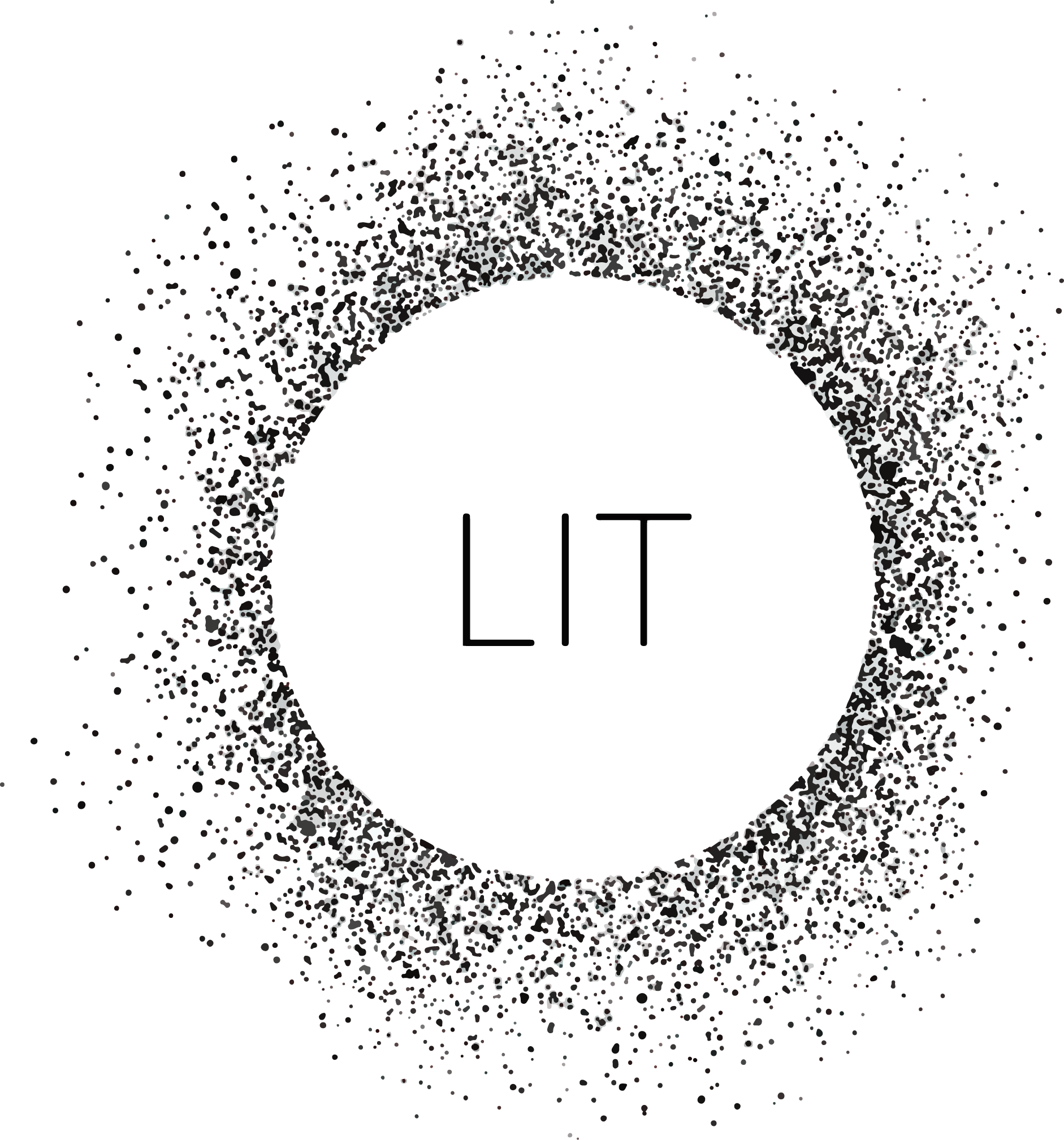OfHalfBlood (Talk | contribs) |
OfHalfBlood (Talk | contribs) |
||
| Line 97: | Line 97: | ||
<p class="text-content-new">All protocols and methods followed were provided by iGEM, each of which can be found at:</p> | <p class="text-content-new">All protocols and methods followed were provided by iGEM, each of which can be found at:</p> | ||
| − | + | <ul class=“text-content-new”> | |
<li style=“margin-left: 40px”><a href="http://parts.igem.org/Help:2017_Competent_Cell_Test_Kit">Competency test</a></li> | <li style=“margin-left: 40px”><a href="http://parts.igem.org/Help:2017_Competent_Cell_Test_Kit">Competency test</a></li> | ||
<li style=“margin-left: 40px”><a href="http://parts.igem.org/Help:Protocols/Transformation">Transformation (single tube)</a></li> | <li style=“margin-left: 40px”><a href="http://parts.igem.org/Help:Protocols/Transformation">Transformation (single tube)</a></li> | ||
<li style=“margin-left: 40px”><a href="https://static.igem.org/mediawiki/2017/8/85/InterLab_2017_Plate_Reader_Protocol.pdf">Plate Reader measurements</a></li> | <li style=“margin-left: 40px”><a href="https://static.igem.org/mediawiki/2017/8/85/InterLab_2017_Plate_Reader_Protocol.pdf">Plate Reader measurements</a></li> | ||
| − | </ul | + | </ul> |
<p class="text-content-new">Our results with the plate reader has been submitted to iGEM, but for those curious, our results can also be downloaded from this link:</p> | <p class="text-content-new">Our results with the plate reader has been submitted to iGEM, but for those curious, our results can also be downloaded from this link:</p> | ||
Revision as of 01:52, 2 November 2017
Interlab
With the multipurpose applications of our light induced technologies comes the consideration for reproducibility and reliability in different environments.
The aim of this year’s Interlab study was to analyse how bacterial cell culture optical density (OD) and green fluorescent protein (GFP) fluorescence measurements differ with a plate reader or flow cytometer across labs around the world. This will ultimately help to establish a reliable GFP measurement protocol that overcomes the variations observed between different measurement systems. Therefore, this study contributes to improving the reproducibility and reliability in synthetic biology.
All protocols and methods followed were provided by iGEM, each of which can be found at:
Our results with the plate reader has been submitted to iGEM, but for those curious, our results can also be downloaded from this link:
We have fully enjoyed participating in the Interlab study and hope to have successfully contributed to this global endeavour.


